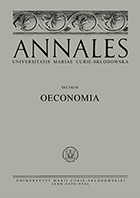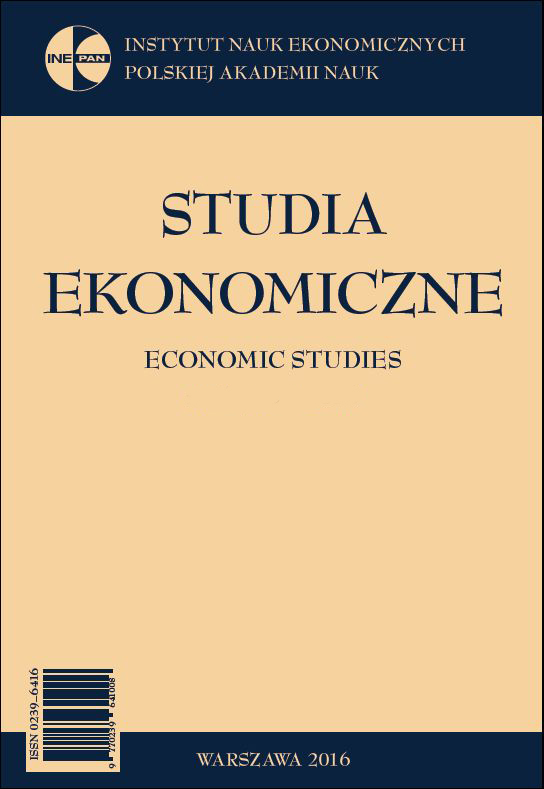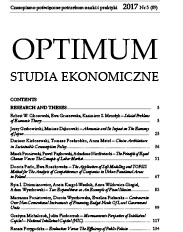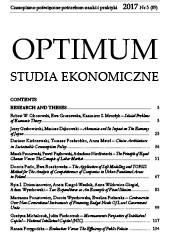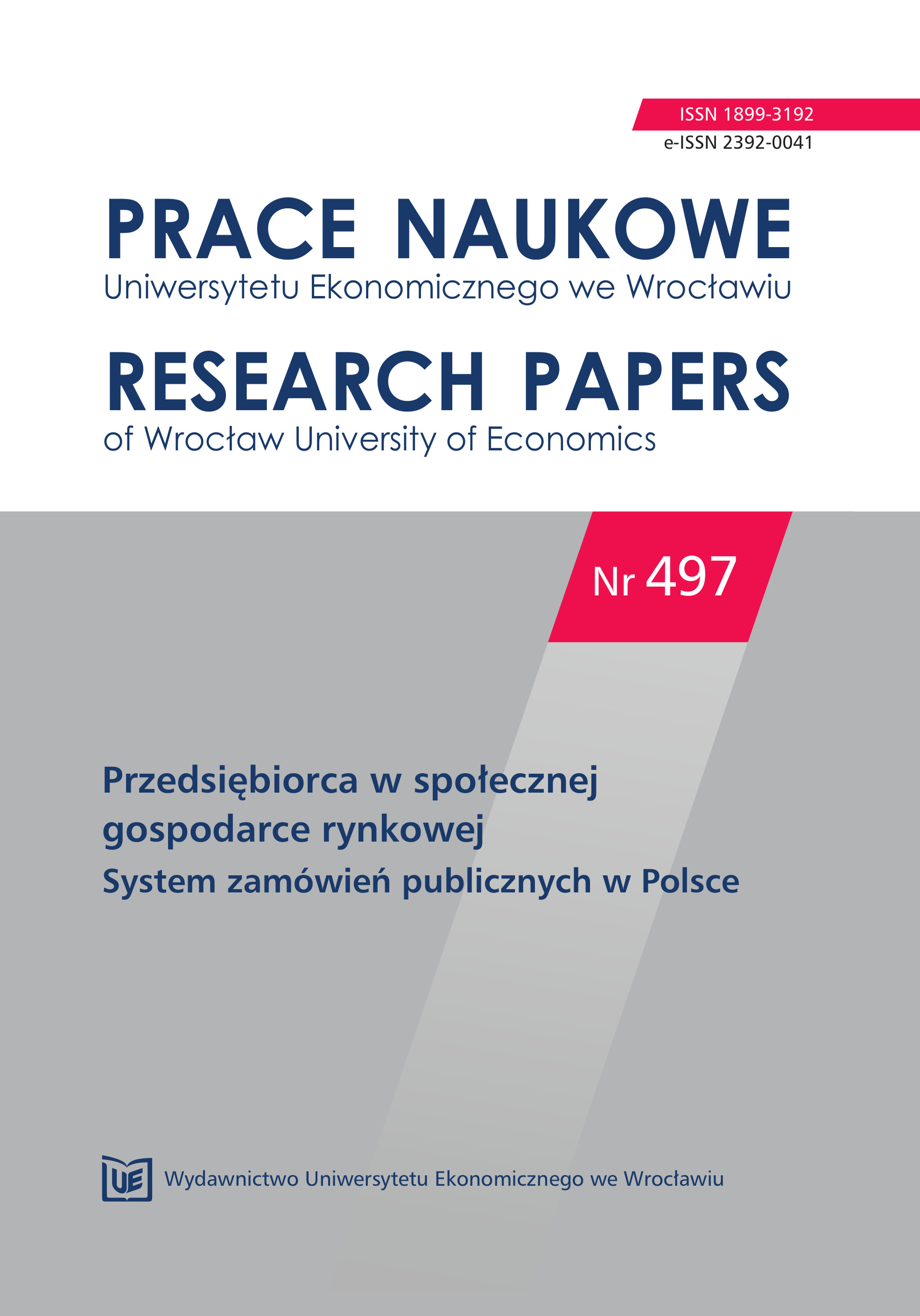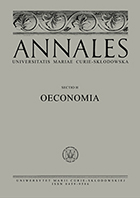
Zastosowanie Strategicznej Karty Wyników w szpitalu – studium przypadku
In order to manage the existing resources more efficiently, and to better respond to changes which take place in the environment, health care institutions are looking for new management methods. Considering the above factors, management of a modern healthcare center will require managers to take an interest in the Balanced Scorecard. The aim of this article is to develop a Balanced Scorecard for the hospital in Puławy. The analysis was performed using domestic and foreign literature and legal acts. The conclusions of the study can be helpful in managing public health organizations.
More...
